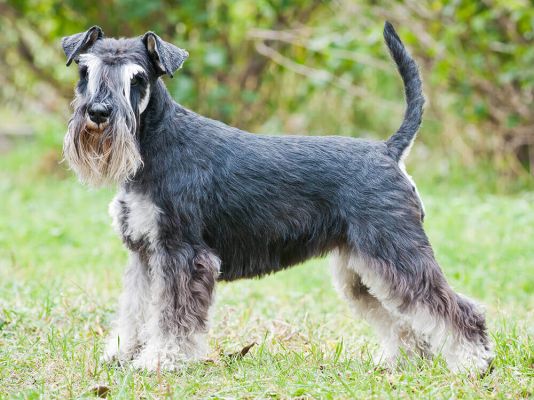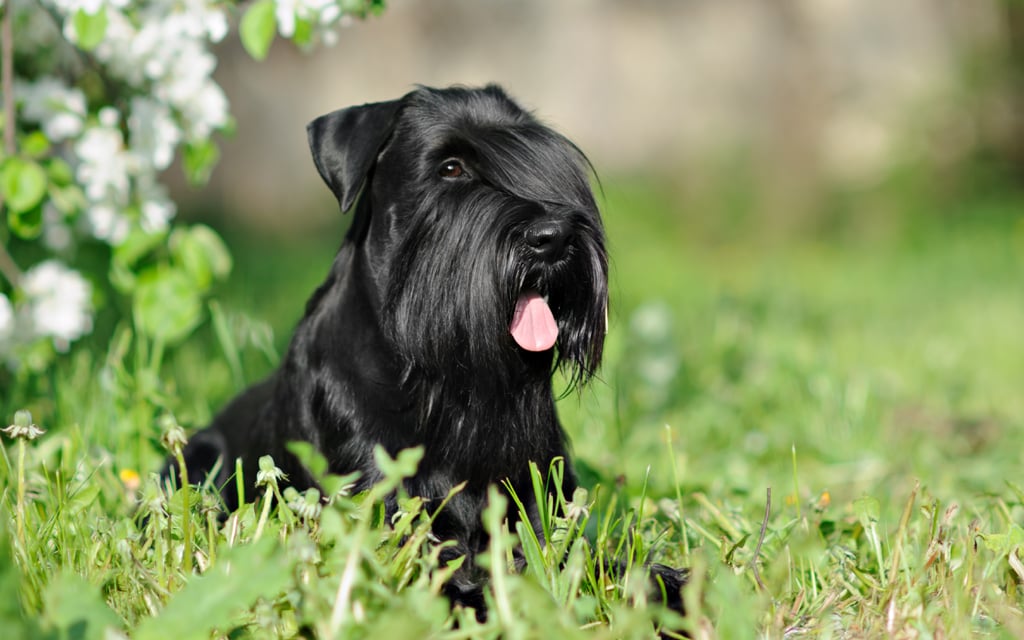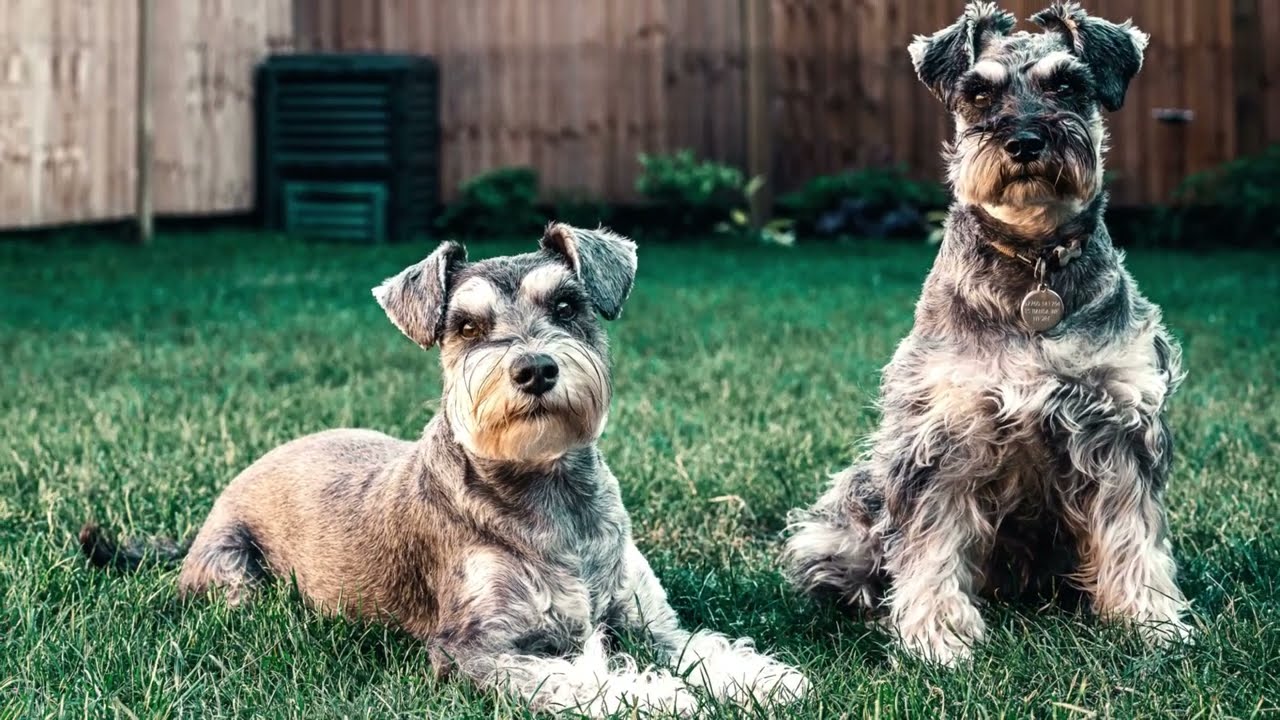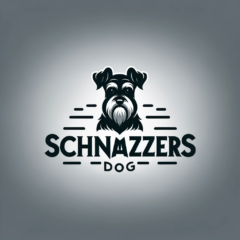The schnauzer, with its distinctive wiry coat, alert expression, and undeniable charm, has captivated dog lovers for centuries. But beyond its endearing appearance lies a rich and fascinating history, one that speaks to the breed’s resilience, adaptability, and unwavering devotion. This article will delve into the origins of the Schnauzer, exploring its evolution from a working dog in the German countryside to a beloved companion across the globe.
From Working Dog to Family Companion: The Evolution of the Schnauzer
The Three Main Schnauzer Breeds: Standard, Miniature, and Giant
Over time, three distinct varieties of Schnauzers emerged, each with its own unique purpose and temperament:
- Standard Schnauzer
- Miniature Schnauzer
- Giant Schnauzer
Let’s take a closer look at each of these breeds and their specific characteristics.
Standard Schnauzer
As the largest of the three Schnauzer breeds, the Standard Schnauzer was initially bred as a working dog. Its sturdy build and fearless nature made it an ideal companion for farmers and other working-class individuals. They were primarily used for tasks such as guarding, cart-pulling, and even police work.
Standard Schnauzers are known for their intelligence, courage, and loyalty. They make excellent family dogs and are suitable for various activities, including agility, obedience, and tracking. Their medium-sized build and moderate exercise requirements make them well-suited for both urban and rural living.
Miniature Schnauzer
The Miniature Schnauzer is the smallest of the three breeds, but don’t let their size fool you. These spunky little dogs have a big personality and were originally bred to be ratters on farms. They also excelled at guarding and were popular among tradesmen as well.
Miniature Schnauzers are known for their playful and affectionate nature, making them popular family pets. They require moderate exercise and thrive in homes with a fenced yard to run around in. Their compact size and adaptability make them suitable for apartment living as well.
Giant Schnauzer
The Giant Schnauzer is the largest of the Schnauzer breeds and was originally bred as a working dog for tasks such as herding, guarding, and livestock driving. They were also used for police work and as military dogs.
Giant Schnauzers are known for their intelligence, strength, and protective instincts. They require regular exercise and mental stimulation to prevent boredom and destructive behavior. While they make devoted family pets, their large size and energetic nature may not be suitable for everyone.
German Roots: The Schnauzer’s Early History in Germany

The Schnauzer’s roots can be traced back to the 15th century, in the rural landscapes of Germany. It is believed that the breed evolved from a variety of small working dogs, specifically those used for ratting, guarding, and herding. These early Schnauzers, often referred to as wire-haired terriers, possessed the key characteristics that would define their descendants: a sturdy build, a wiry coat, and a fearless and intelligent nature.
During this time, the Schnauzer was primarily used as a versatile farm dog, performing various tasks such as catching vermin, herding livestock, and guarding the property. They were also popular among tradesmen, such as butchers, due to their excellent hunting abilities.
However, it wasn’t until the late 1800s that the Schnauzer began to gain recognition as a distinct breed. This was thanks to German dog breeder Max von Stephanitz, who established the first breed standard for the Schnauzer in 1895. From then on, the Schnauzer’s popularity only continued to grow.
From Working Dogs to Show Dogs: The Schnauzer’s Rise to Popularity

The Schnauzer’s rise to popularity can be attributed to its versatility, intelligence, and charming personality. As the breed gained recognition in Germany, it quickly caught the attention of dog enthusiasts worldwide. By the early 1900s, Schnauzers were being imported to other countries, including the United States.
In 1923, the Miniature Schnauzer was recognized by the American Kennel Club (AKC), followed by the Standard Schnauzer in 1926 and the Giant Schnauzer in 1930. Their popularity as show dogs and family pets only continued to grow, with the AKC ranking all three breeds among the top 100 most popular breeds in the United States.
During World War I and II, Schnauzers played a significant role in the military as messenger dogs, guard dogs, and even search and rescue dogs. Their intelligence, trainability, and courageous nature made them valuable assets to the armed forces.
The Schnauzer Today: A Beloved Breed for Families and Individuals Alike

Today, the Schnauzer remains one of the most beloved breeds in the world, known for its adaptability, loyalty, and affectionate nature. While their working abilities may not be as essential now as they were in the past, Schnauzers continue to excel in various activities, including obedience, agility, and therapy work.
Their popularity as family pets also continues to grow, with their hypoallergenic coat and minimal shedding making them suitable for those with allergies. Additionally, their size and temperament make them an ideal choice for families with children, as well as individuals living alone.
In recent years, the Schnauzer has even found success in the world of social media, with accounts dedicated to these adorable dogs gaining thousands of followers. Their expressive faces, goofy personalities, and unwavering loyalty have captured the hearts of people worldwide.
Conclusion

From its humble beginnings as a working dog in the German countryside to its popularity as a beloved family companion, the Schnauzer has come a long way. Its resilience, adaptability, and unwavering devotion are a testament to the breed’s enduring appeal and enduring impact on dog lovers around the world. Whether you prefer the Standard, Miniature, or Giant variety, one thing is for sure: the Schnauzer holds a special place in our hearts and will continue to do so for years to come.
